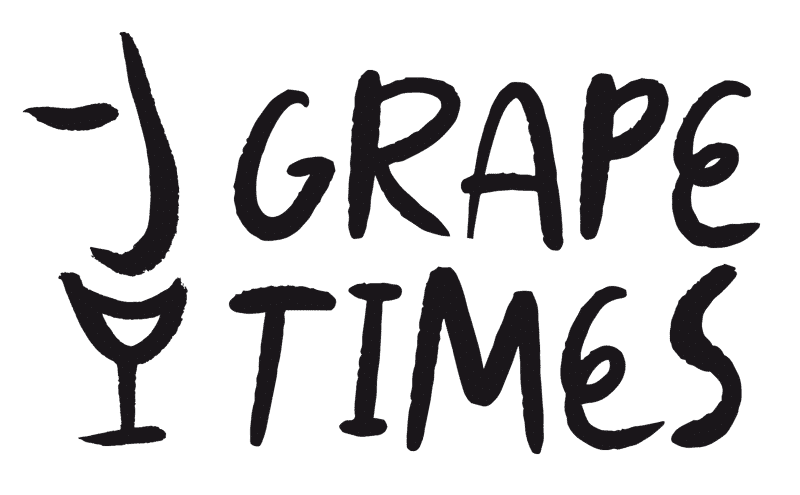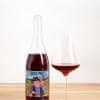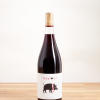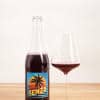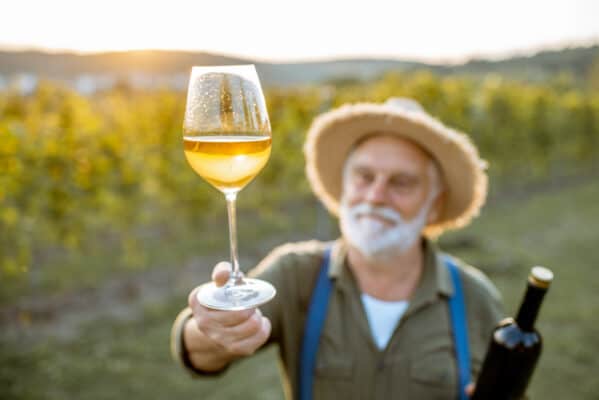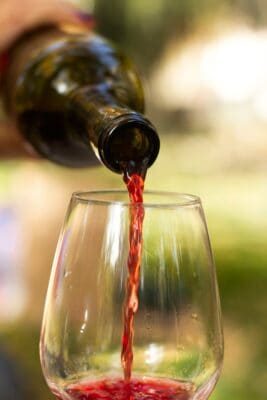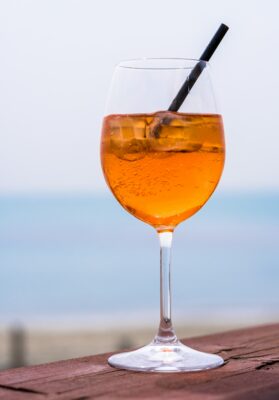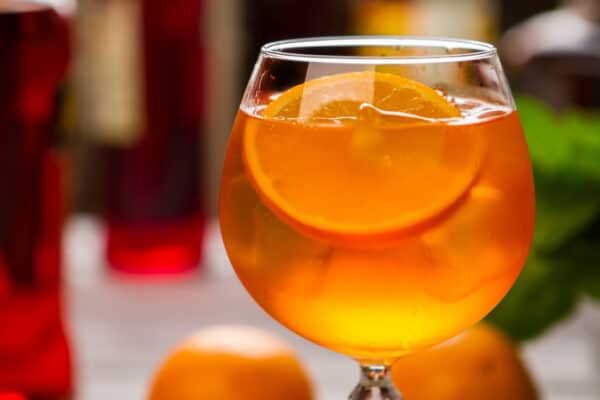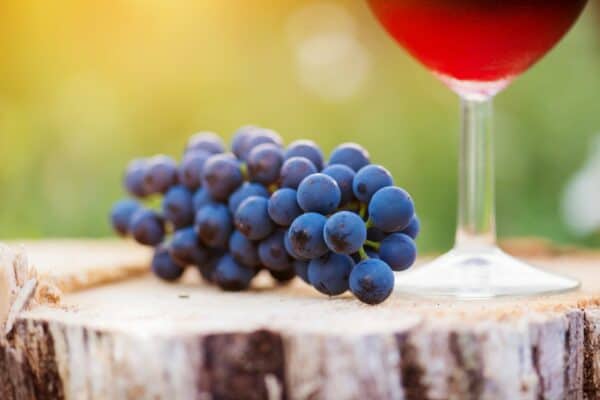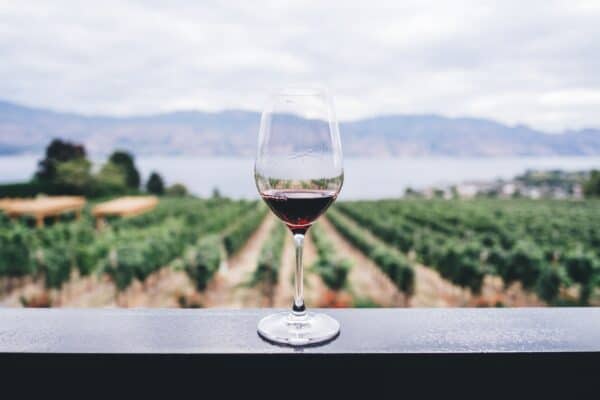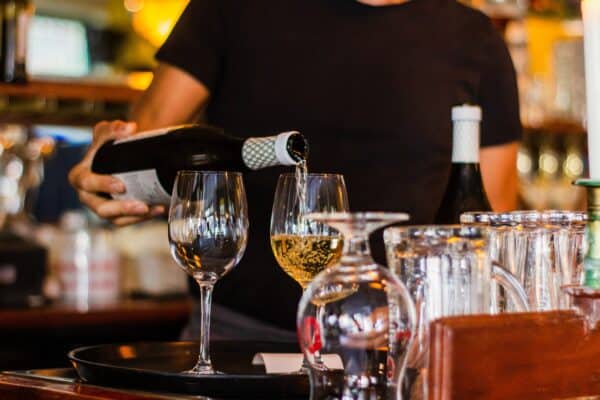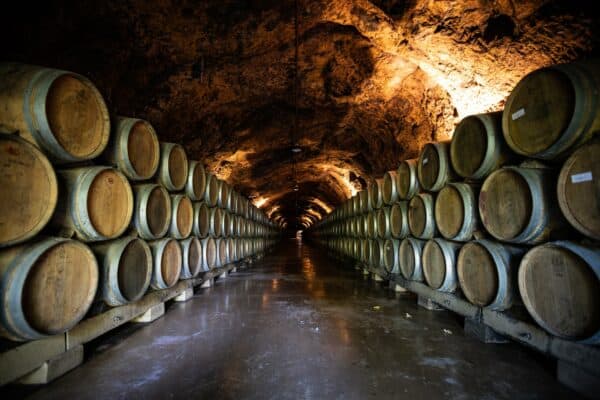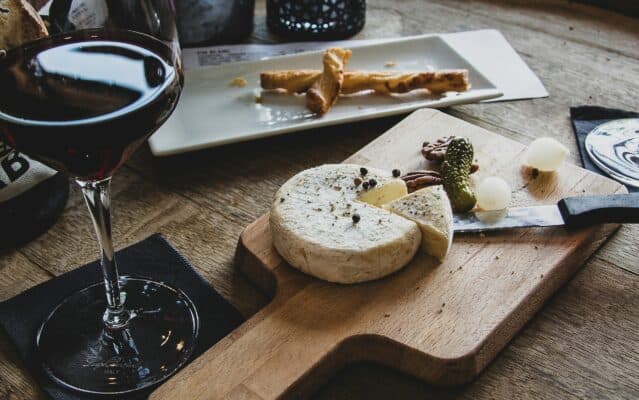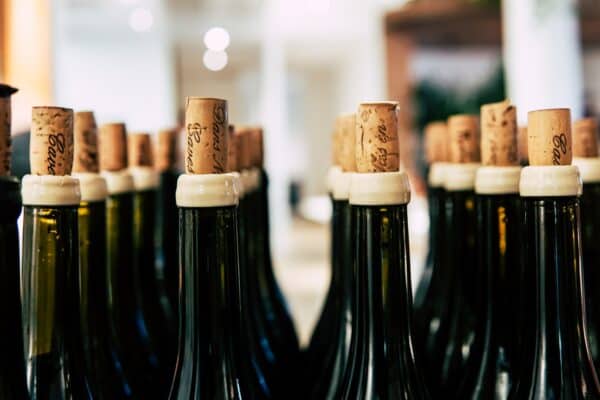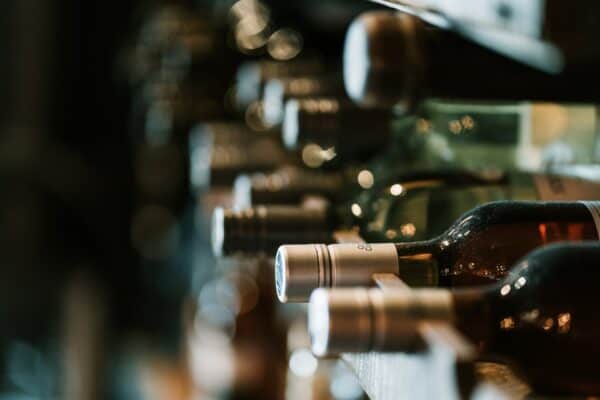10 terms every aspiring red wine connoisseur should know
Here are the 10 most important terms you should know when it comes to buying red wine:
1. body
Body refers to the body or richness of a wine. The spectrum ranges from light to full-bodied and is determined by the wine´s alcohol content, the residual sugar and the tannin levels of the wine. Light-bodied wines tend to be more delicate, while full-bodied wines are more powerful, boulder and intense.
2. Tannins
Tannins are compounds found in the skins, seeds, and stems of grapes, and they are responsible for the astringent taste in wines. They can range from soft and subtle to intense and bitter, and they can be present in both red and white wines. Tannins are important in determining the structure and longevity of a wine.
3. Acidity
Acidity is the tartness or sharpness of a wine, and it is an important factor in the balance and structure of a wine. High acidity will provide a crisp, refreshing taste, while low acidity will give a softer, mellower flavor.
4. Fruitiness
Fruitiness refers to the presence of fruit aromas and flavors in a wine. Some wines will be more fruit-forward than others, and it can be a great way to determine the style of a particular wine.
5. oak or wood
Wood refers to the aging of a wine in wooden barrels, which can impart vanilla, spice and toasted aromas. Aging in wood can also help soften tannins and increase complexity in a wine.
6. Vintage
The vintage is the year in which the grapes for the wine were harvested. It is important to note that the flavor of a vintage can vary greatly from one region to another and even from one vineyard to another. A wine's vintage can affect its taste, aroma and overall quality.
7. Terroir
Region refers to the geographic area in which the grapes were grown. Different regions have different climates and soils, which can influence the flavor and quality of the wine. Examples of wine regions include Bordeaux, Jura, Burgundy, Alsace, Mosel, Rheinhessen, Karsk etc.
8. Appellation
An appellation, or location, is a specific geographic area within a wine region. It designates the specific wine-growing region in which the grapes were grown and the wine was made. Appellations are usually regulated by the government and serve to protect and promote the origin of the wine. To give some examples, depending on the country, the best locations are called France: Grand Cru; Germany: GG (Grosses Gewächs)
9. Grape Variety
Grape variety is the specific type of grape used to make the wine. Common varieties include Cabernet Sauvignon, Cabernet Franc, Merlot, and Pinot Noir. Each variety has its own unique flavor profile and can be used to make different types of wine.
10. Enophiles
An enophile is someone who is passionate about wine and has a deep knowledge of the different types, regions, and vintages. Enophiles are often experts in the field and can provide valuable insight when it comes to selecting the right bottle of red wine.
Conclusion
Knowing the keywords associated with buying red wine can make the process much easier. Knowing the type of red wine you want to buy, as well as what to look for in terms of taste, aroma, and body can help you make the best decision when purchasing red wine. Additionally, knowing the region, grape variety, and vintage year of the wine can help you make an informed decision. Finally, understanding terms such as tannins and acidity can help you choose a wine that best suits your taste. With this knowledge in hand, you can confidently purchase the best red wine for your needs.
GrapeTimes is your go-to place for natural and biodynamic wines. If you are interested in buying biodynamic wines and red wine , take a look at our offer. Or simply choose one of our curated red wines tasting pack.
